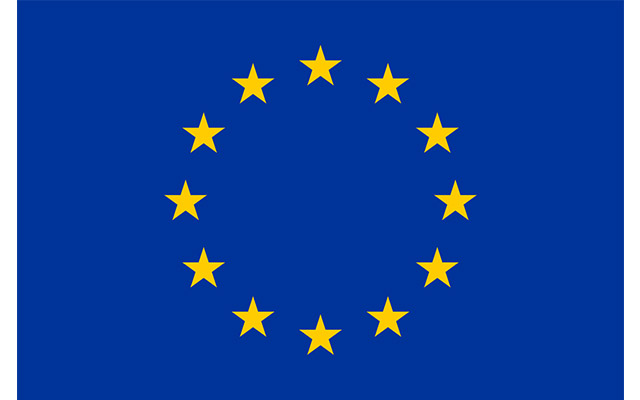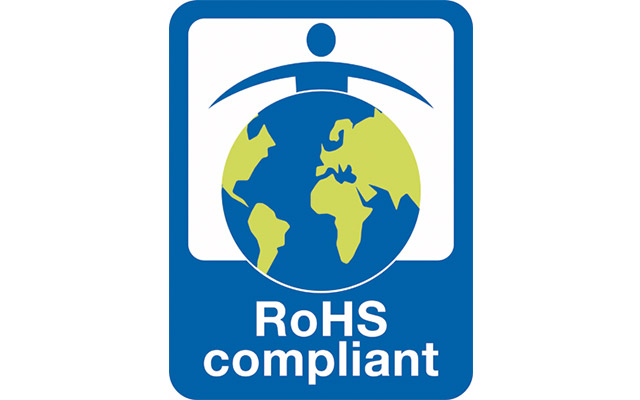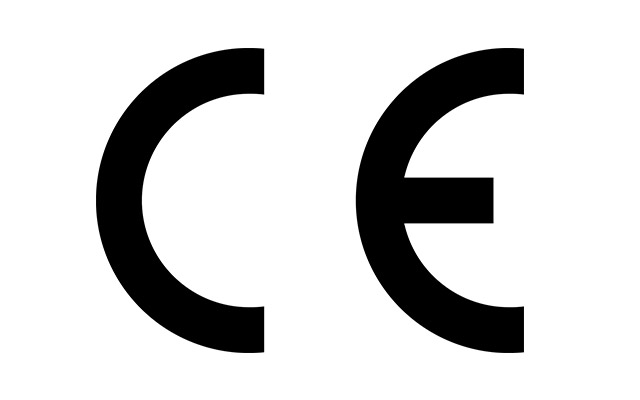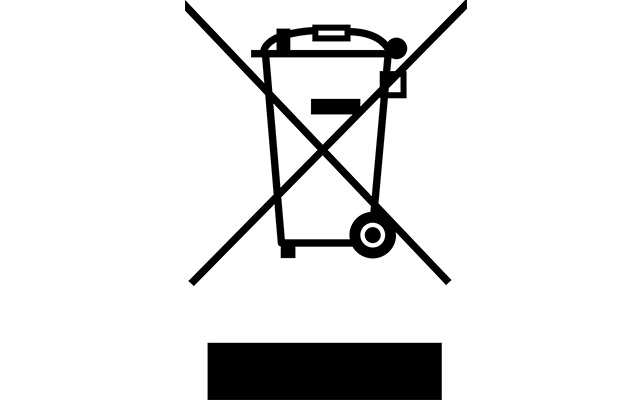Regulatory
REACH
REACH is the European Community Regulation on the tracking of chemicals and notification to relevant stakeholders to ensure their safe use (EC 1907/2006). It deals with the Registration, Evaluation, Authorisation and Restriction of Chemical substances. The law entered into force on 1 June 2007.
For more info visit European Commission and European Chemicals Agency
The candidate list of Substances of Very High Concern (SVHC), which need to be tracked was first published on 28 October 2008 and is regularly updated. The latest list can be viewed on the website of the European Chemical Agency.
REACH requires Sharp NEC Display Solutions to provide customers with sufficient information on Substances of Very High Concern (SVHC) when contained in products in concentration above 0.1% weight by weight (w/w) to allow safe use of the product.
Projector Information PDF Monitor Information PDF
RoHS Directive 2002/95/EC
This directive limits the use of hazardous substances in electric appliances and electronic devices (RoHS). Essentially, it covers six substances lead, mercury, cadmium, hexavelent chromium, polybrominated biphenyls and polybrominated diphenyl ethers. All products launched on the market since January 2006 fulfil the RoHS directive.

RoHS 2 Directive 2011/65/EU
The RoHS 2 directive is an evolution of the original directive, became law on 21 July 2011 and took effect 2 January 2013. It addresses the same substances as the original directive while improving regulatory conditions and legal clarity. It requires periodic re-evaluations that facilitate gradual broadening of its requirements to cover additional electronic and electrical equipment, cables and spare parts.
The CE logo now indicates compliance and RoHS 2 declaration of conformity is now detailed: Today, a product sold with a valid CE mark must satisfy the RoHS 2 directive (and other CE requirements). This includes the CE required Declaration of Conformance (DoC) document and technical documentation as created by the manufacturer. The DoC details applicable directives and includes sign off by a corporate spokesperson. However, the CE mark does not necessarily indicate that a given product has minimal hazardous substances, as even products exempt under RoHS 2 may display it.

WEEE Directive
End users and consumers must be informed about which waste electrical or electronic equipment cannot be disposed via the domestic waste collection. This is achieved through the placement of a crossed-out Wheelie bin logo to an appropriate and visible area of the product.
Implementation of the WEEE Directive
In addition to complying with all regional, national and EU regulations, Sharp NEC Display Solutions Europe GmbH maintains its commitment to sustainable display solutions through its Green Vision Program. For example, most of the desktop displays are conforming to the TCO Display standard, which has significant requirements on ease of dismantling, material coding of plastics, limited variety of plastics. The move to mercury-free LED backlit displays also ensures that special precautions for handling mercury are also avoided. Finally, we have an on-going R&D program to reduce the quantity of packaging materials and carton collaterals, whilst maintaining effective transport safety and excellent customer support.

Directive on Energy-related Products (ErP) 2009/125/EG
This directive (formerly EuP) aims to improve the environmental impact of products which operate using energy by specifying even more energy-efficient measures and more specific ecological design requirements. In addition to reducing power consumption, the directive is also geared towards the product’s life cycle, from the development right through to the disposal phase. Thus when it comes to display products, the materials consumption, radiation and toxicity of materials used are taken into consideration and, accordingly, are implemented in the product development and production phases by Sharp NEC Display Solutions.
The first ErP regulation to come into force is the Regulation for standby and off mode, which is effective as of January 2010. Tighter standby and off modes were set for January 2013. The objective of this Regulation is to reduce the energy consumption of all household and office products. As a general rule, products must have an off mode (0W) and/or a standby mode (<0.5W).
You can find further information and certification regarding compliance with Ecodesign requirements for Energy-Related Products (ErP) here.

Energy Efficiency: Energy Labelling of Products
From 1 March 2021, Regulation on energy labelling for electronic displays (EU) 2019/2013 will repeal the current Regulation (EU) 1062/2010. Televisions and other electronic displays, like computer monitors and signage displays, will be labelled on an energy efficiency scale that ranges from A (most efficient) to G (least efficient). The new and the old classes are not comparable, as the new scaling system is improved and better takes into account the screen area. The new labels will also show the efficiency of a product when it shows content in HDR, as it can consume twice as much energy as other settings. In addition, the label will also show information on the diagonal size of the display and the resolution level, so that consumers can better compare similar displays.

Should you need further or product specific information please contact us:
Contact us